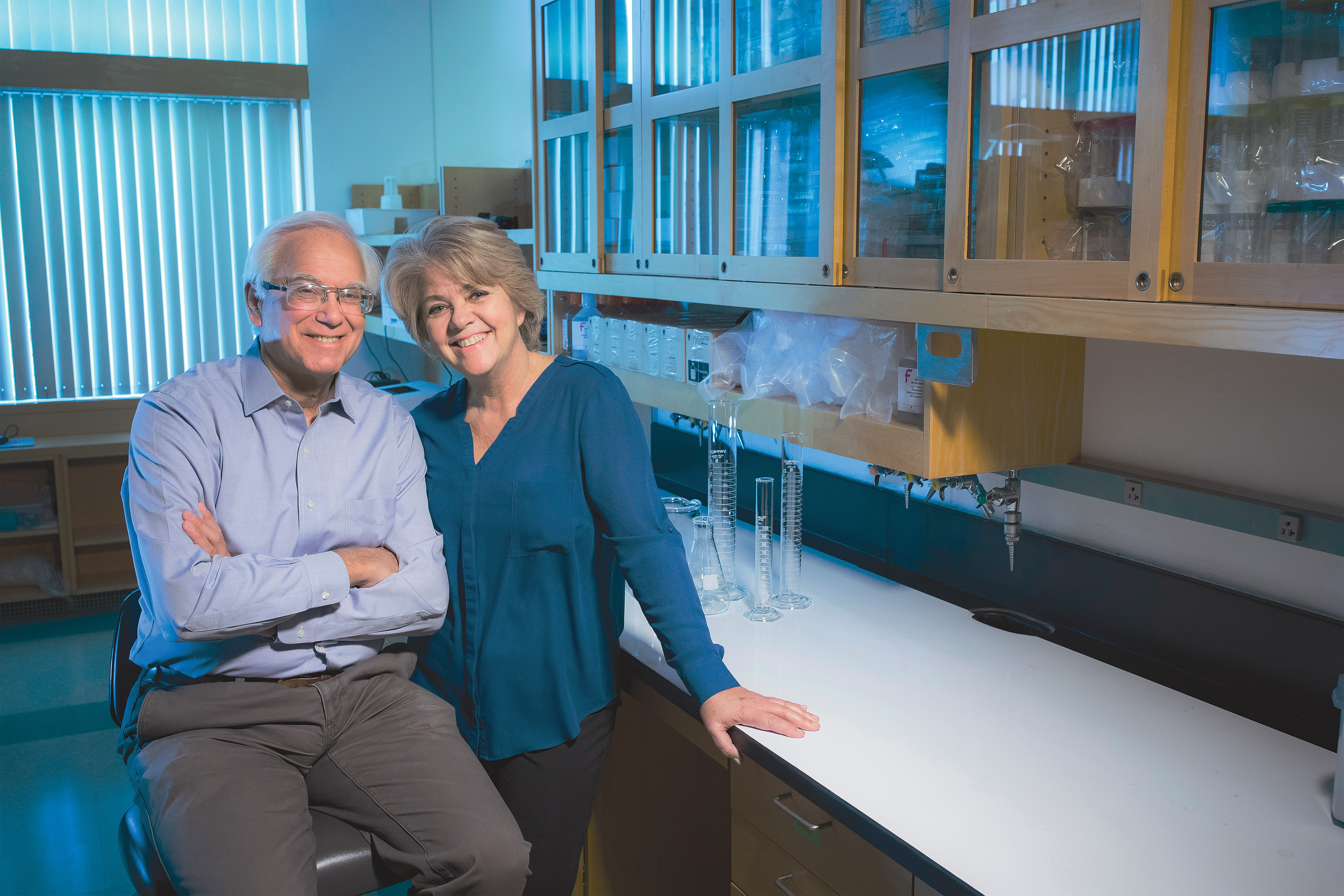In a meta-study, a research team from the Institute of Environmental Biotechnology at Graz University of Technology has provided evidence that the consumption of fruit and vegetables contributes positively to bacterial diversity in the human gut.
Tag: microbial diversity
Scientists pinpoint the microbes essential to making traditional mozzarella
Scientists from Italy used high-throughput 16S rRNA amplicon sequencing, which gives a detailed picture of what microbes are present and in what proportions, to understand how microbes make mozzarella.
Engineering New Metabolic Pathways that Function Across Microbial Kingdoms
Microbes have enormous potential to produce metabolites with potential industrial applications. To do so, microbes use groups of genes called biosynthetic gene clusters (BGCs) that code for the sets of necessary enzymes. Scientists have computationally predicted the products of hundreds of thousands of BGCs, but have experimentally confirmed fewer than 2,000 of them. Researchers have now developed a computational and experimental strategy to redesign BGCs and determine the natural chemical products they create.
UNLV Study Sheds Light on Ancient Microbial Dark Matter
Omnitrophota are nano-sized bacteria first discovered 25 years ago. Though common in many environments around the world, until now they’ve been poorly understood. An international research team produced the first large-scale analysis of Omnitrophota genomes, uncovering new details about their biology and behavior. The team’s findings are reported in the March 16 issue of the journal Nature Microbiology.
Humans are leaving behind a ‘frozen signature’ of microbes on Mount Everest
In decades past, scientists have been unable to conclusively identify human-associated microbes in samples collected above 26,000 feet. This study marks the first time that next-generation gene sequencing technology has been used to analyze soil from such a high elevation on Mount Everest, enabling researchers to gain new insight into almost everything and anything that’s in them.
Deep meditation may alter gut microbes for better health
Regular deep meditation, practised for several years, may help to regulate the gut microbiome and potentially lower the risks of physical and mental ill health, finds a small comparative study published in the open access journal General Psychiatry.
Having good friendships may make for a healthier gut microbiome
Social connections are essential for good health and wellbeing in social animals, such as ourselves and other primates.
Tracing tomatoes’ health benefits to gut microbes
Two weeks of eating a diet heavy in tomatoes increased the diversity of gut microbes and altered gut bacteria toward a more favorable profile in young pigs. After observing these results with a short-term intervention, the research team plans to progress to similar studies in people.
Clues to Bee Health Found in Their Gut Microbiome
The local environment plays a pivotal role in the health and diversity of the gut microbiome of wild bees which could help detect invisible stressors and early indicators of potential threats, say York University scientists in a new study.

“Microbial Noah’s Ark” Initiative Should Move to Next Phase, Study Finds
A new study finds that a Rutgers-driven proposal to create a “microbial Noah’s ark” to protect the long-term health of humanity is feasible and should move forward into a pilot project phase.